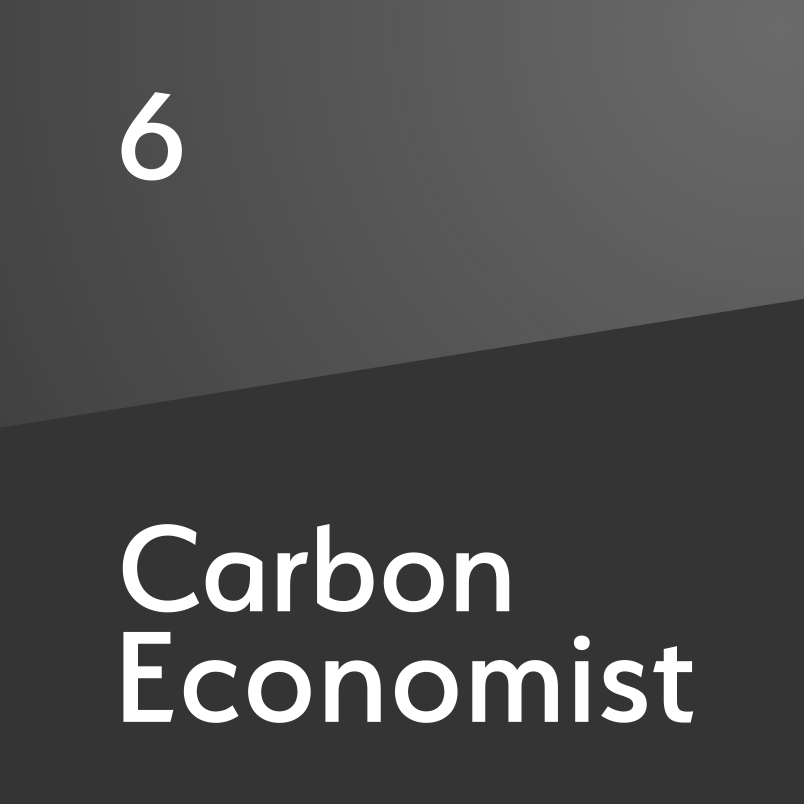Outlook 2024: Focused financing – Will it unlock capital for the transition?
In a transformative shift, the consumer’s role in meeting net-zero challenges and reducing reliance on fossil fuels is crucial
High-intensity energy users, largely within the manufacturing sector, are steadily decarbonising their operations, transitioning towards sustainable and proven renewable energy technologies such as solar and wind, and employing battery energy storage systems (BESS). In DNV’s latest annual Energy Transition Outlook (ETO), we found that manufacturing is currently the largest energy consumer at 138EJ (30%) of final energy demand in 2022. Despite substantial energy efficiency gains and increased recycling and reuse of materials and goods, the sector’s energy demand will keep growing. It will increase an average of 0.5% every year, reaching 156EJ by 2050. The success of these decarbonisation ende

Also in this section
23 December 2025
Legislative reform in Germany sets the stage for commercial carbon capture and transport at a national level, while the UK has already seen financial close on major CCS clusters
15 December 2025
Net zero is not the problem for the UK’s power system. The real issue is with an outdated market design in desperate need of modernisation
28 November 2025
The launch of the bloc’s emissions trading system in 2005 was a pioneering step, but as the scheme hits 21 its impact as a driver of decarbonisation is still open to debate
18 November 2025
Vicki Hollub, president and CEO of Occidental, has been selected as the 2026 recipient of the Dewhurst Award, the highest honour bestowed by WPC Energy. The Dewhurst Award celebrates exceptional leadership, groundbreaking innovation and a lifetime of significant achievements in sup-port of the development and advancement of the energy industry.







